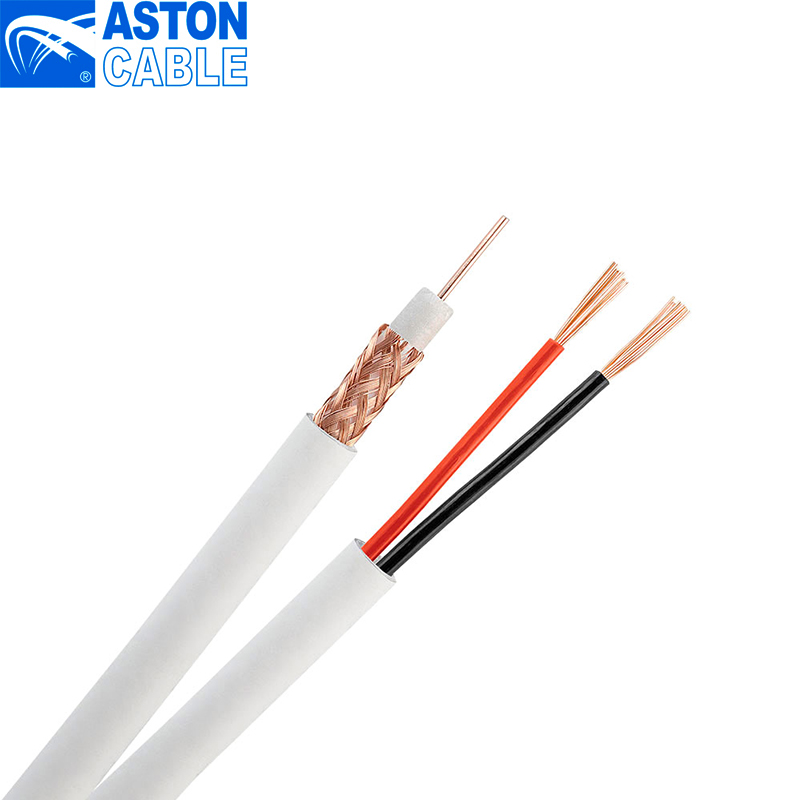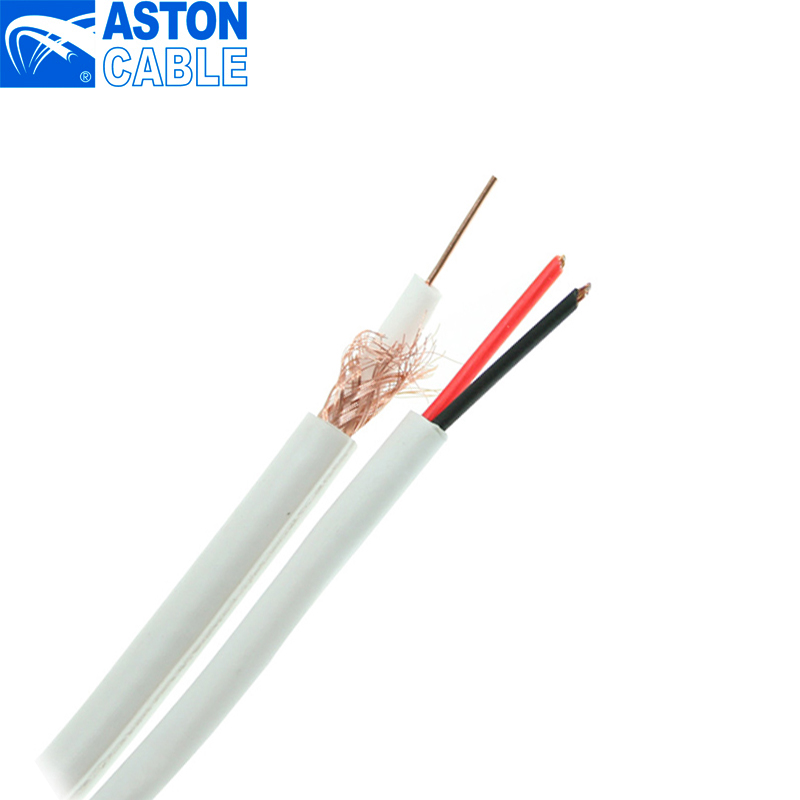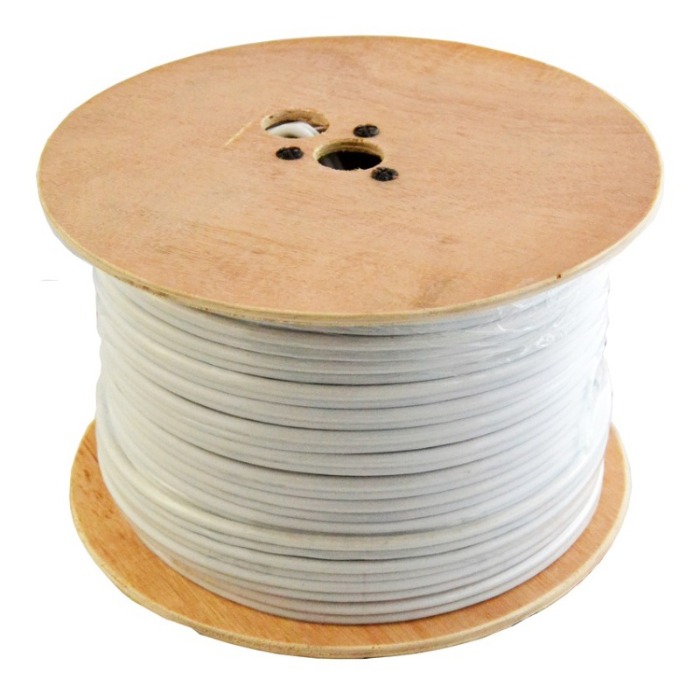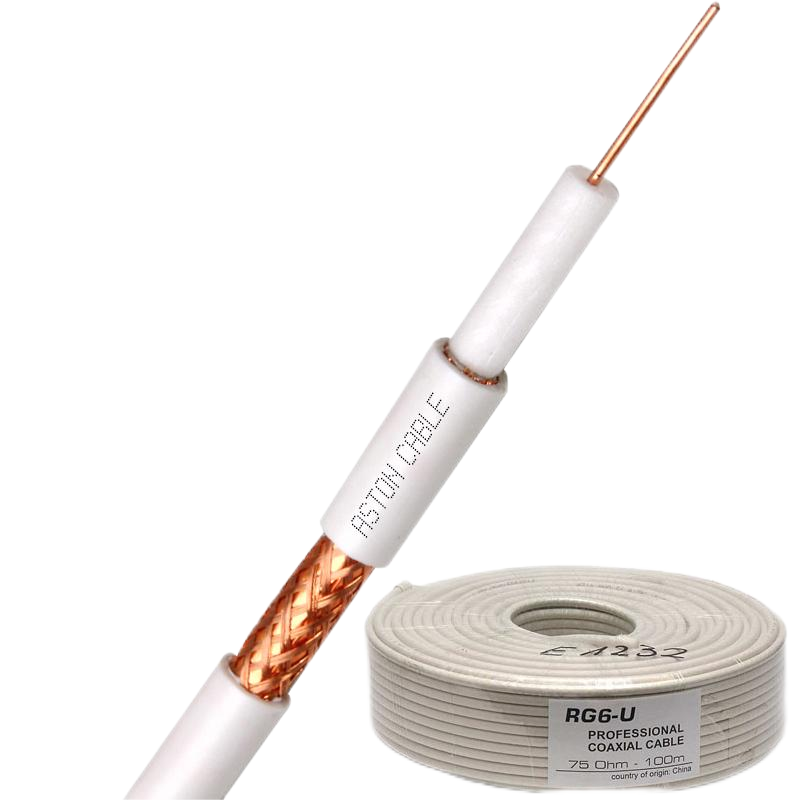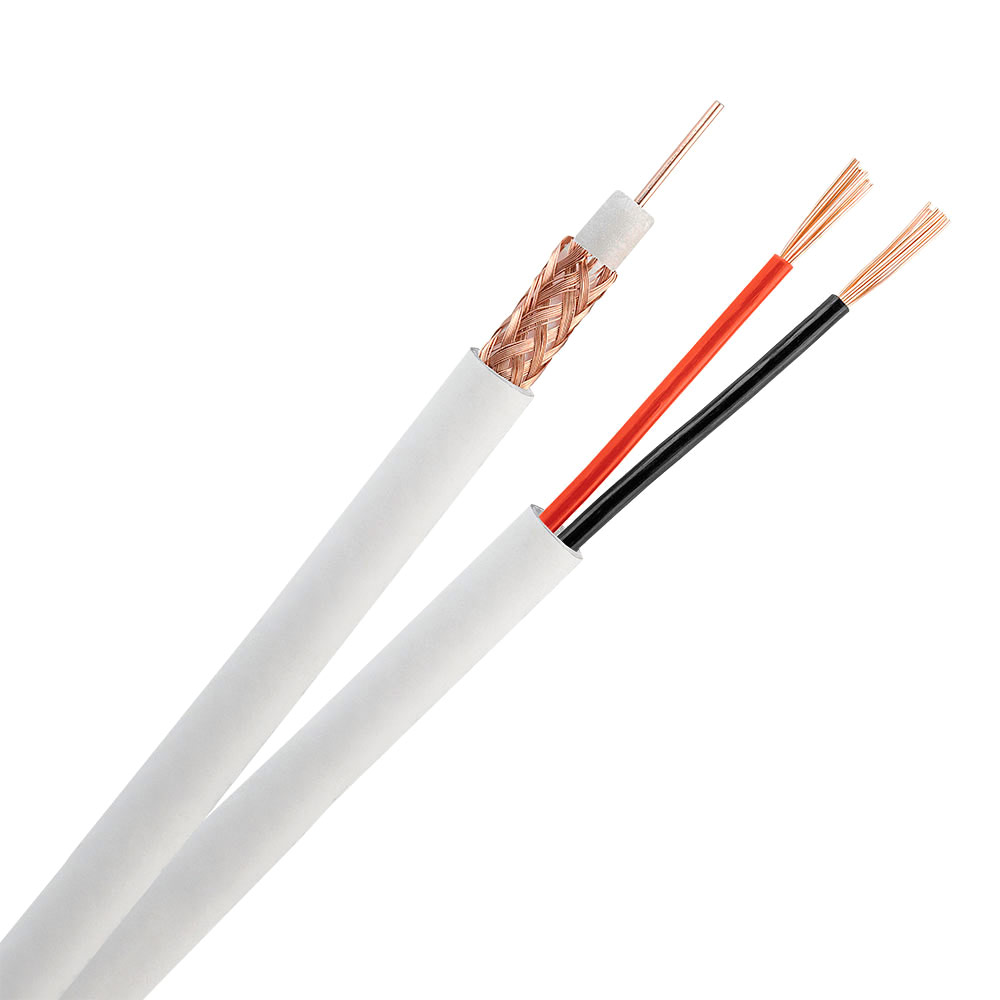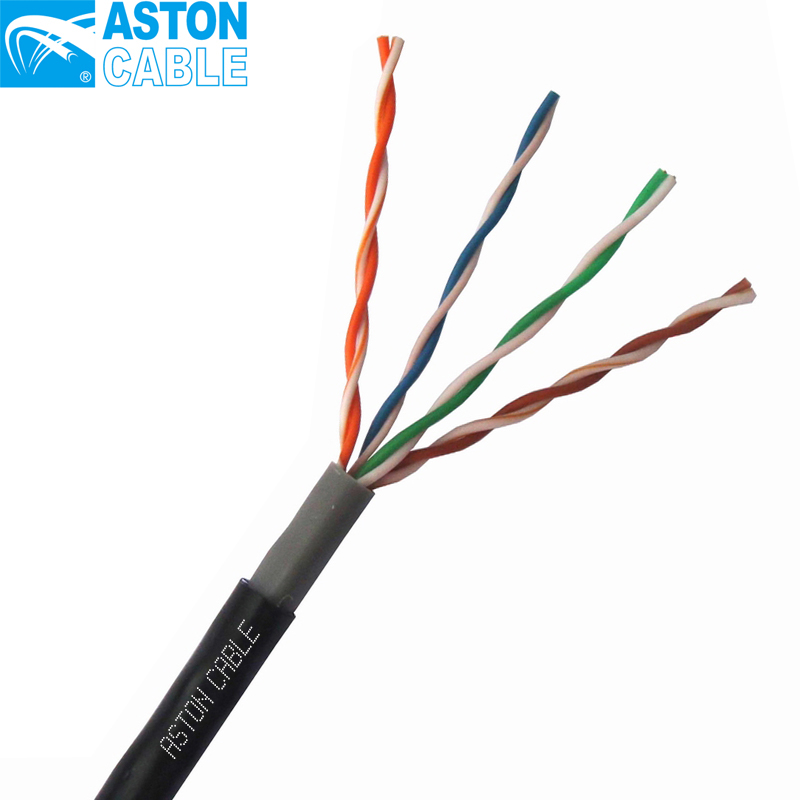Product Main Parameters
| Parameter | Details |
|---|---|
| Central Conductor | 0.81mm 20AWG Bare Copper |
| Shielding | Aluminum braiding, 95% coverage |
| Jacket Material | PVC for indoor, Black PE for outdoor |
| Impedance | 75 ohms |
| Operating Frequency | Up to 3 GHz |
Common Product Specifications
| Specification | Details |
|---|---|
| Weight | 5.4KG/100m |
| Color | Customized |
| Packaging | Coil reel, plastic drum, wooden drum |
Product Manufacturing Process
In the production of RG 59 coaxial cables, manufacturers employ a meticulous process beginning with the selection of high-quality copper for the central conductor. This is followed by the application of a dielectric insulator, typically made from foam polyethylene, to ensure optimal impedance. The insulation process is designed to reduce signal loss and enhance performance. A braided aluminum shield is added next, with a coverage of 95% or more, which protects against electromagnetic interference (EMI) and radio frequency interference (RFI). Finally, the cable is encased in a durable outer jacket made from PVC or polyethylene, making it suitable for both indoor and outdoor use. This comprehensive manufacturing process guarantees a reliable and high-performing product tailored for video and data transmission applications.
Product Application Scenarios
RG 59 coaxial cables are commonly used in video surveillance and security installations, given their ability to transmit video signals effectively over short to medium distances. Manufacturers target RG 59 for connections in CCTV systems due to its 75-ohm impedance, which matches standard video transmission requirements. It is suitable for use in residential and commercial environments, providing clear and stable video feeds between cameras and recording equipment. Moreover, in cases where baseband video applications are necessary, RG 59 offers a reliable solution because of its compatibility with composite video signals. Despite not being the primary choice for long-distance or high-frequency applications, its affordability and adequacy for such specific uses ensure its continued relevance in certain niche markets.
Product After-Sales Service
- Technical support for installation and troubleshooting
- Product warranty for defects and performance issues
- Replacement and refund policies
Product Transportation
RG 59 coaxial cables are shipped with standard export packaging to ensure their protection during transit. Deliveries are made from the Ningbo port with the capacity for high-volume shipments, accommodating a supply ability of 25,000KM per year.
Product Advantages
- Cost-effective for short-distance video applications
- Good EMI/RFI shielding with 95% coverage
- Customizable jacket colors for various deployments
Product FAQ
- Q1: What is the main use of RG 59 cables?
A1: RG 59 cables are primarily used for video signal transmission in CCTV systems, providing reliable performance over shorter distances. Manufacturers design these cables with a 75-ohm impedance, ideal for applications like closed-circuit television and traditional video signals. - Q2: How does the shielding protect the cable?
A2: The shielding, which consists of a metallic braid with a coverage of 95% or more, helps protect the cable from electromagnetic interference (EMI) and radio frequency interference (RFI), ensuring stable and clear signal transmission. - Q3: Can RG 59 be used for high-frequency applications?
A3: RG 59 is less suitable for high-frequency applications, as it is designed for lower frequency video signals. For higher frequency needs, RG-6 or other more robust cables are recommended by manufacturers. - Q4: What factors affect the performance of RG 59 cables?
A4: The performance is influenced by factors like the quality of the central conductor, the effectiveness of the shielding, and the integrity of the outer jacket. Manufacturers ensure these components are optimized for reliable performance. - Q5: How does the dielectric insulator work?
A5: The dielectric insulator, usually made from foam polyethylene, surrounds the central conductor and helps maintain the cable's impedance. This reduces signal loss and enhances signal integrity over specific distances. - Q6: Are there different jacket options available?
A6: Yes, RG 59 cables can come with various jacket materials like PVC for indoor use and black polyethylene for outdoor use. Manufacturers may offer customizable color options to suit different installation environments. - Q7: What's the maximum distance for RG 59 cables?
A7: RG 59 cables are best suited for short to medium distances, typically up to a few hundred meters, depending on the specific application. Longer runs may result in signal degradation. - Q8: Can RG 59 support HD video?
A8: While RG 59 can transmit HD video over shorter distances, manufacturers recommend considering higher-grade cables like RG-6 for better performance in HD and 4K applications. - Q9: Is RG 59 future-proof?
A9: RG 59 is not typically seen as future-proof due to its limitations in bandwidth and frequency capacity. For installations requiring higher bandwidths, manufacturers suggest opting for more advanced cabling solutions. - Q10: What are the environmental protections for RG 59?
A10: RG 59 cables feature jackets made from durable materials like PVC or polyethylene, which protect against physical damage, moisture, and UV radiation, ensuring long-term outdoor reliability.
Product Hot Topics
- 1. Comparing RG 59 and RG 6 Cables
The ongoing debate among manufacturers and users revolves around the versatility and performance differences between RG 59 and RG 6 cables. While RG 59 is adequate for specific applications like CCTV installations and short-run video signal transmission, RG 6 offers higher bandwidth capabilities, making it a more suitable choice for modern applications, including satellite TV and broadband connections. As technology advances, many users are prompted to switch to RG 6 for its improved signal quality and future-proofing features. The decision ultimately depends on the specific needs of the installation and the long-term goals regarding signal distribution. - 2. The Role of Shielding in Coaxial Cables
Manufacturers emphasize the importance of shielding in coaxial cables, such as RG 59, which use metal braiding or foil to protect against EMI and RFI. Shielding ensures interference-free transmission, a crucial factor in maintaining video quality. As the demand for cleaner and more reliable signals grows in various applications, discussions continue on how advancements in shielding technology can further enhance cable performance. Innovations in designing more effective shields and materials are a focus area, aiming to provide even better protection and signal integrity.
Image Description
